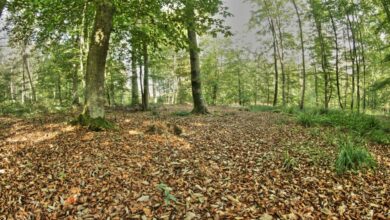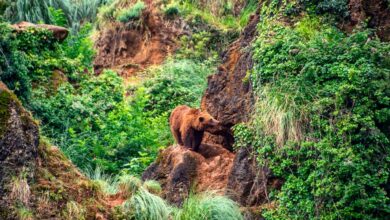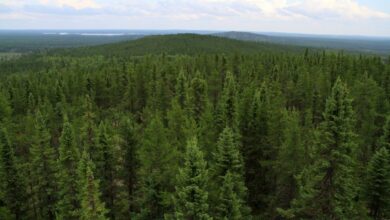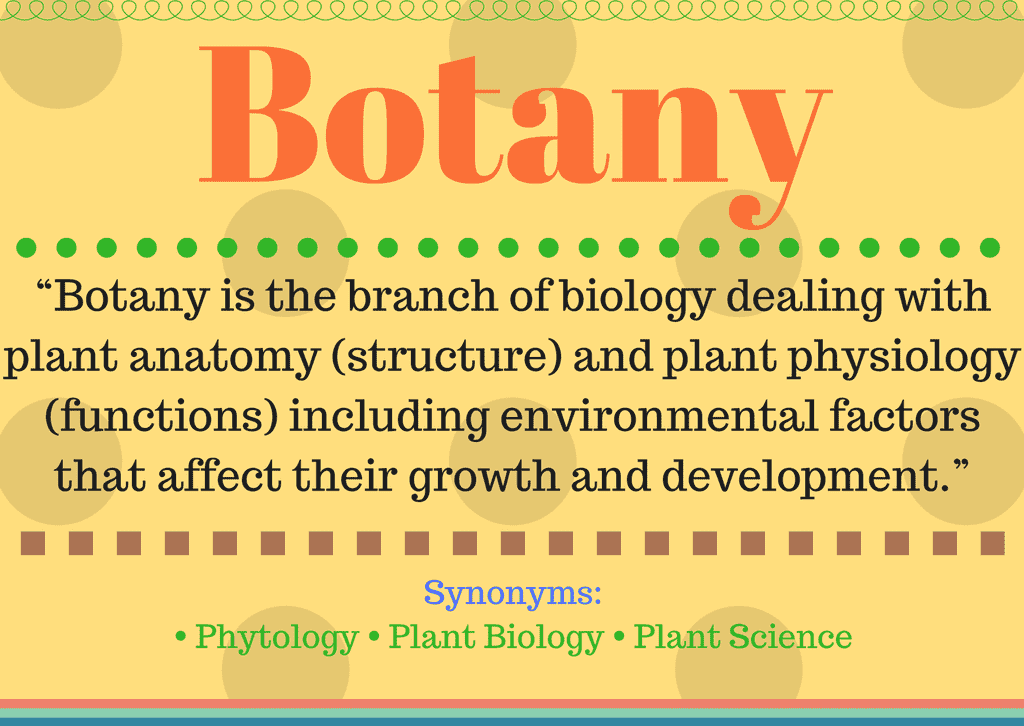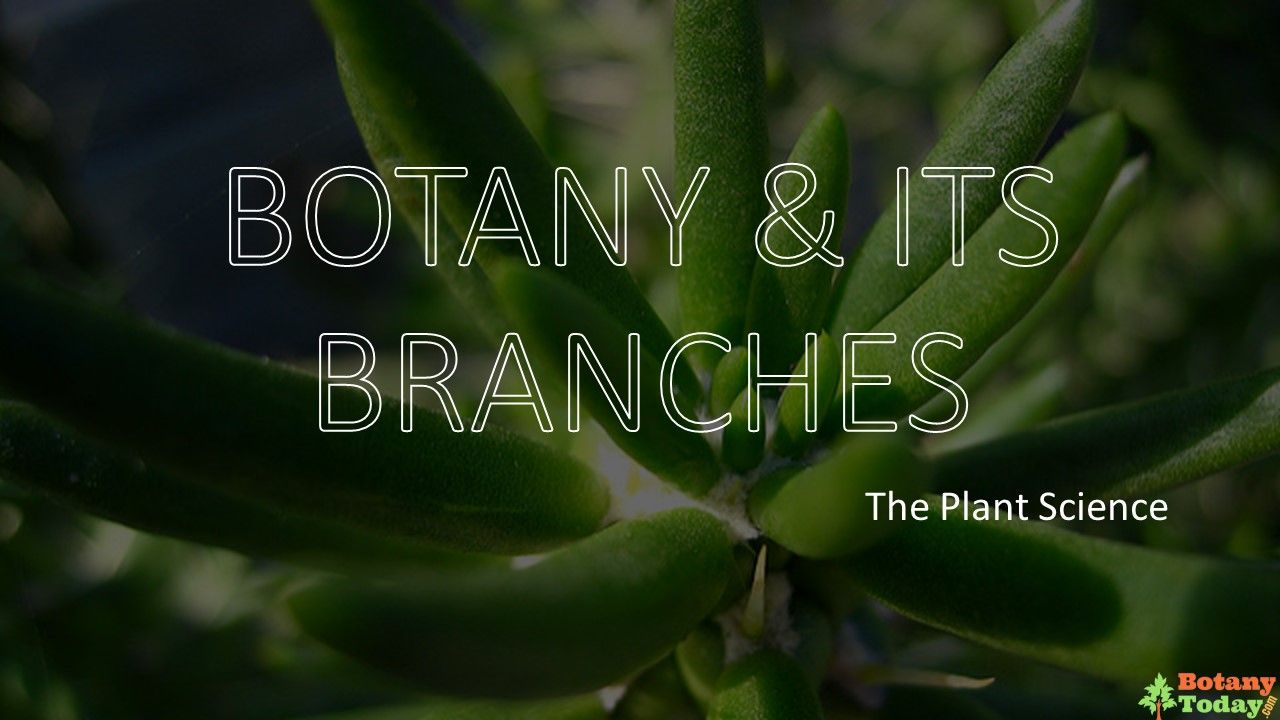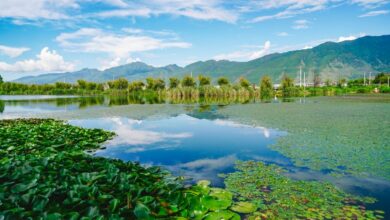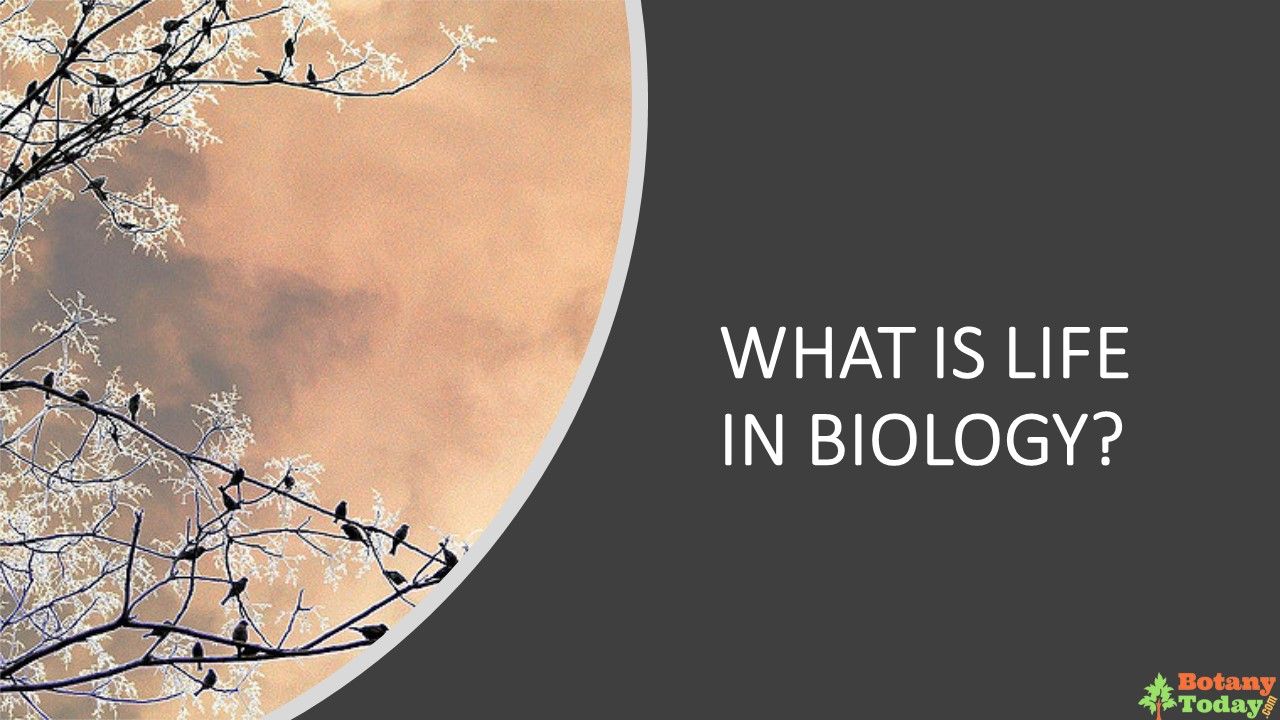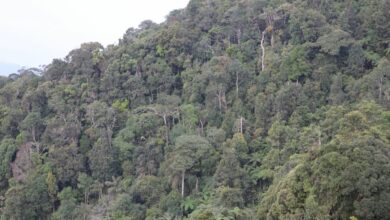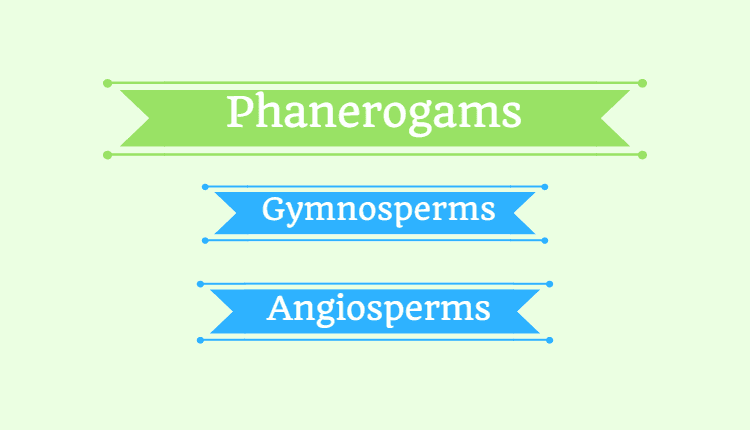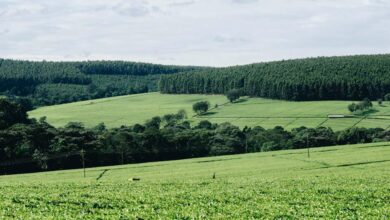Lower Member of the Plantae Kingdom
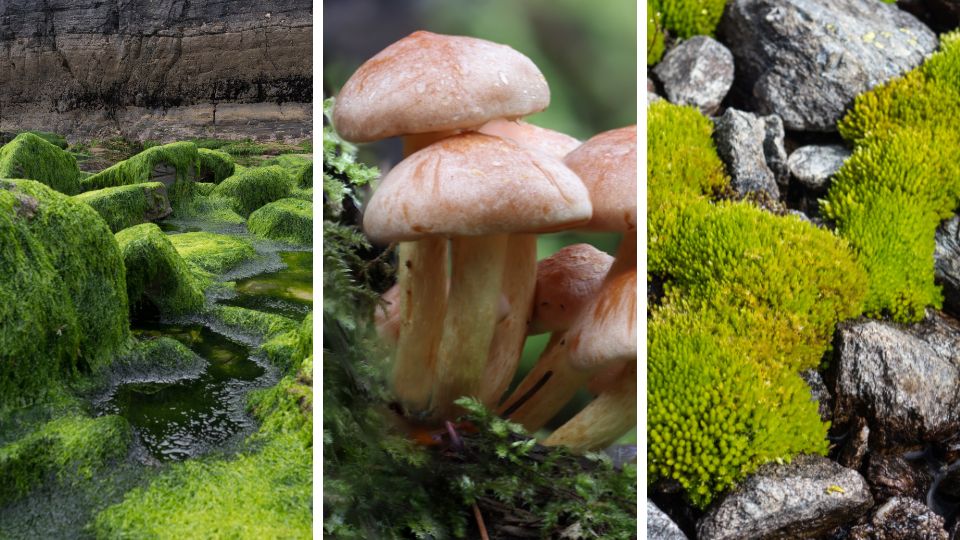
The lower members of the kingdom Plantae include algae, fungi, and mosses. Algae are a diverse group of aquatic organisms that can be found in freshwater and marine environments. Fungi are a diverse group of organisms that can be found in a wide variety of habitats and can have a wide range of roles in ecosystems, including as decomposers, symbionts, and pathogens. Mosses are small, non-vascular plants that typically grow in moist environments and are an important component of many ecosystems.
Algae
Algae are a diverse group of aquatic organisms that can be found in freshwater and marine environments. They are classified as a lower member of the Plantae kingdom because they share some characteristics with plants, such as the ability to photosynthesize, but they do not have the same level of complexity as higher plants.
There are many different types of algae, including green algae, red algae, and brown algae. Green algae are the most similar to higher plants and are often found in freshwater environments. Red algae are typically found in marine environments and are known for their red pigments. Brown algae are also found in marine environments and are some of the largest and most complex forms of algae.
Fungi
Fungi are a diverse group of organisms that can be found in a wide variety of habitats and can have a wide range of roles in ecosystems, including as decomposers, symbionts, and pathogens. They are classified as a lower member of the Plantae kingdom because they share some characteristics with plants, such as the ability to decompose organic matter, but they do not have the same level of complexity as higher plants.
Fungi can be classified into different groups based on their characteristics, such as yeasts, molds, and mushrooms. Yeasts are unicellular fungi that are used in food and beverage production, such as in the production of bread and beer. Molds are multicellular fungi that are used in the production of certain foods, such as cheese and soy sauce. Mushrooms are also multicellular fungi and are often used in cooking and medicine.
Mosses
Mosses are small, non-vascular plants that typically grow in moist environments and are an important component of many ecosystems. They are classified as a lower member of the Plantae kingdom because they share some characteristics with higher plants but do not have the same level of complexity.
Mosses can be found in a wide variety of habitats, such as on forest floors, on rocks, and in wetlands. They are known for their ability to survive in environments where other plants cannot, and they play an important role in soil formation and water retention.
Conclusion
In conclusion, the lower members of the kingdom Plantae include algae, fungi, and mosses. These organisms share some characteristics with higher plants, such as the ability to photosynthesize or decompose organic matter, but they do not have the same level of complexity. Algae are a diverse group of aquatic organisms that can be found in freshwater and marine environments. Fungi are a diverse group of organisms that can be found in a wide variety of habitats and can have a wide range of roles in ecosystems. Mosses are small, non-vascular plants that typically grow in moist environments and are an important component of many ecosystems. These lower members of the Plantae kingdom play an important role in maintaining the balance of the ecosystem, and they have a wide range of practical uses in food and medicine.

